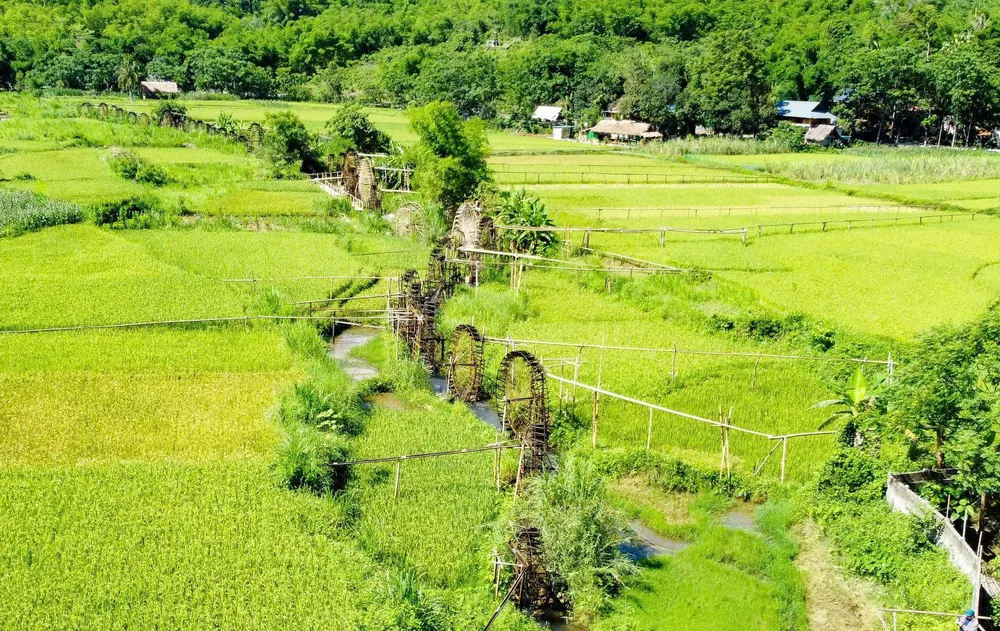
On the winding roads between the mountains, the image of water wheels next to clear streams is a familiar sign indicating the residence of the indigenous people. For them, water wheels are the result of labor associated with a long history - no one remembers exactly when they were made, only knowing that they have been passed down from father to son, and all the men in the village know how to make them.
According to Mr. Ha Van Thuong (Chieng Lau village, Ban Cong commune), the water wheel here is not only used to bring water from the stream to the fields but also to bring water back to the village for daily activities and even as a "rice pounding machine".
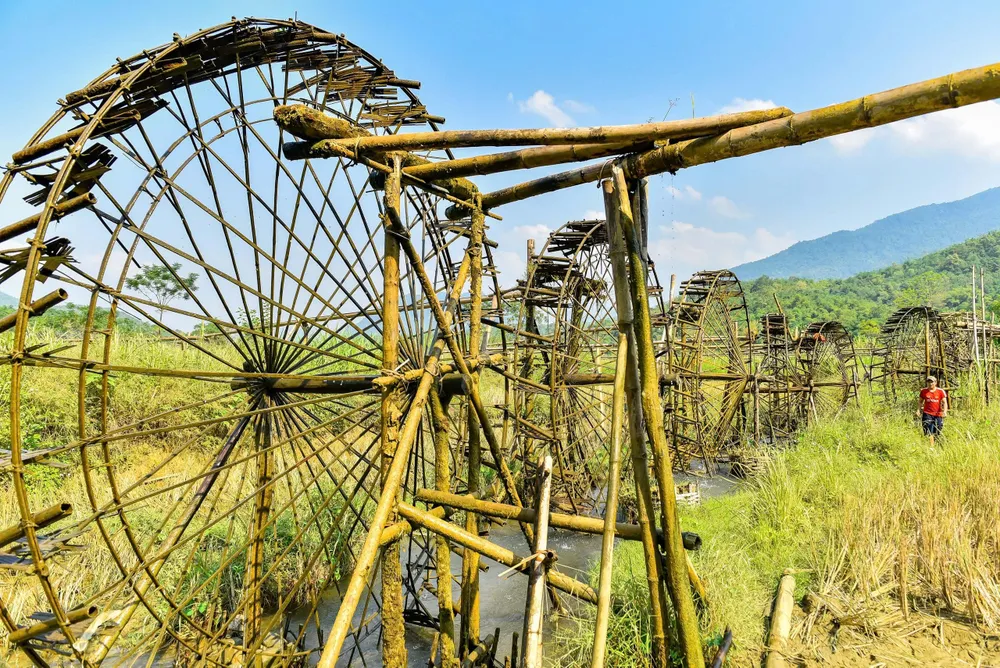
Making a water wheel requires the combined efforts of 5-10 people and takes at least two days to complete. The first and most important step is making the rotating shaft for the water wheel - considered the "heart" of the water wheel - made from a straight, sturdy tree trunk that can withstand abrasion and water. The wheel is made from bamboo with a diameter of 5-10m, depending on the depth of the stream compared to the level of the rice field. The water collection pipes are made from the trunk of a bamboo tree (of the same family as bamboo).
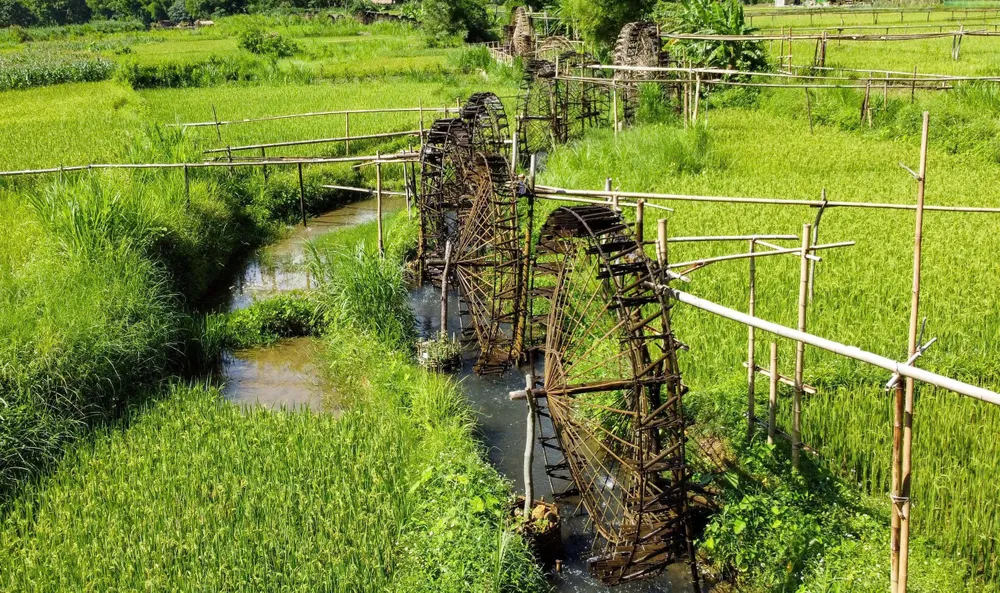
Mr. Ha Van Thuong added that to make a water wheel, in addition to mastering the techniques to create precision for each stage, it also requires dexterity, meticulousness and passion. “Today, many things are made by machines, but water wheels still need to be made manually. The elders in the village still teach us how to do it and we are very happy that many young people are still enthusiastic about making water wheels,” said Mr. Thuong.
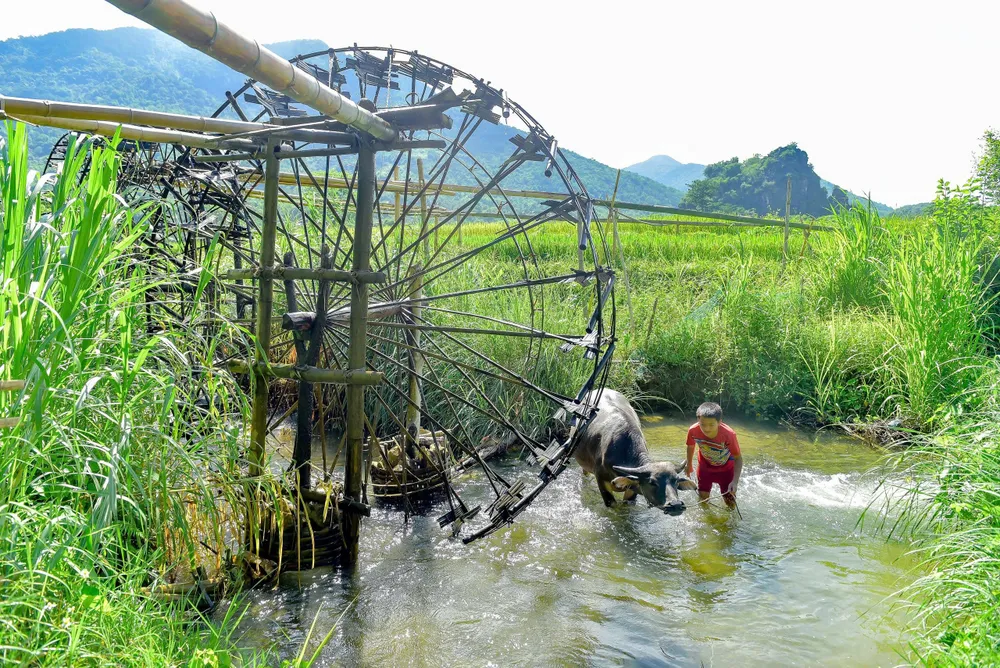
Chieng Lau people are always proud that, even though they have pumps, they cannot replace water wheels because of their “diligence” and “working tirelessly day and night”. In particular, using water wheels is less expensive and very environmentally friendly.
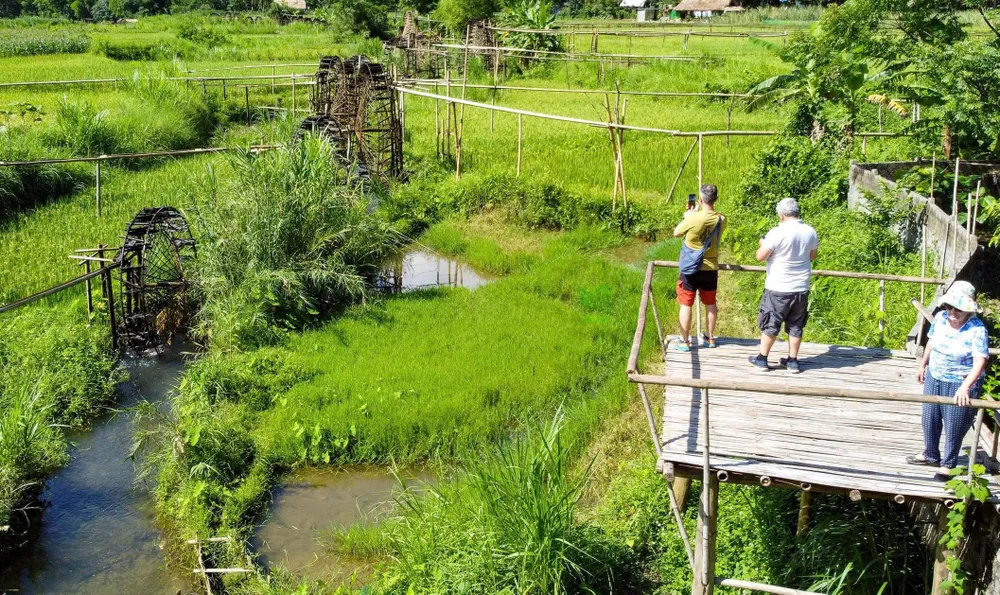
Nowadays, water wheels not only serve agriculture but also “serve” tourists. In some places, people have built huts to help tourists conveniently watch the water wheels and take pictures. Many domestic and foreign tourists have come to admire the “water wheels” spinning tirelessly in the mountains and forests of Thanh Hoa – a place that preserves the beauty of labor and culture of the highlands.
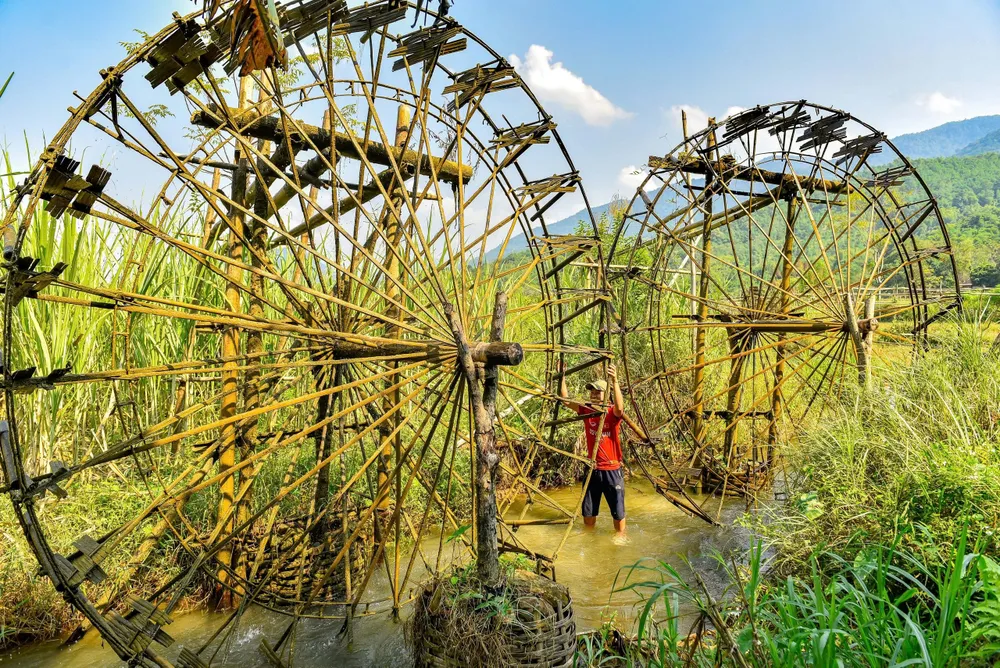
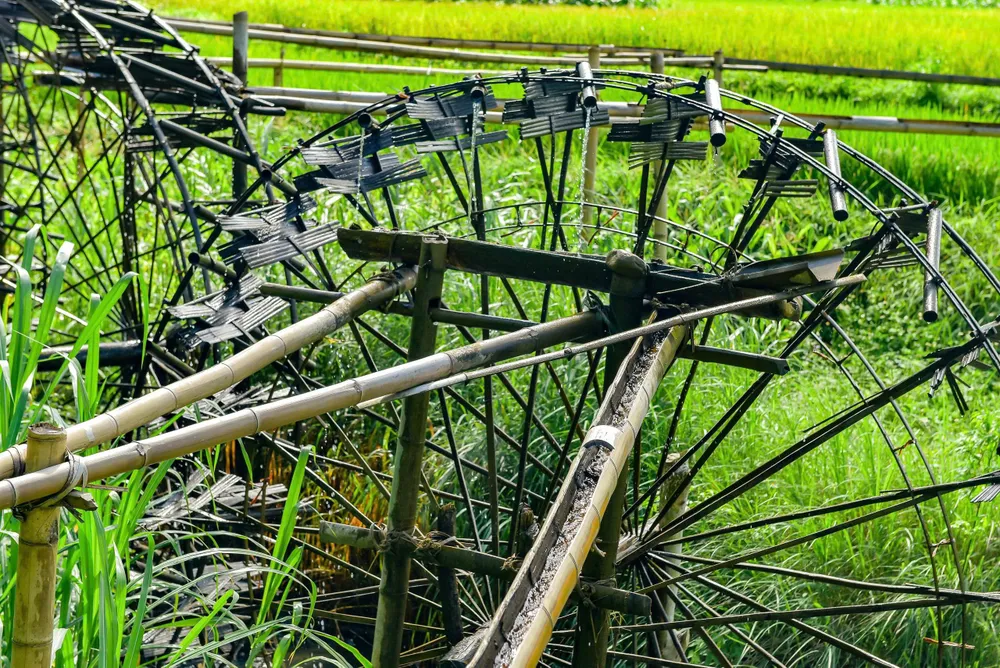
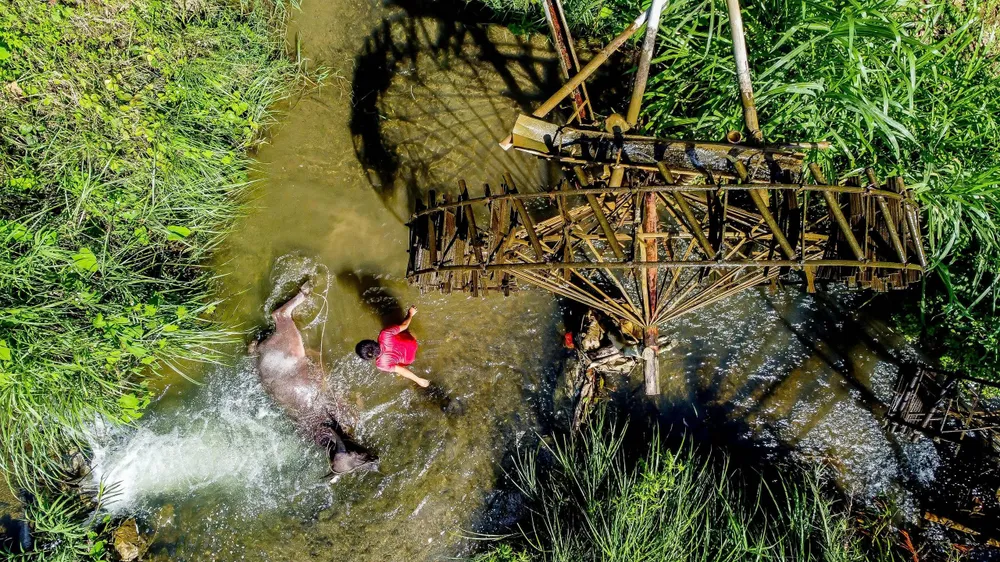
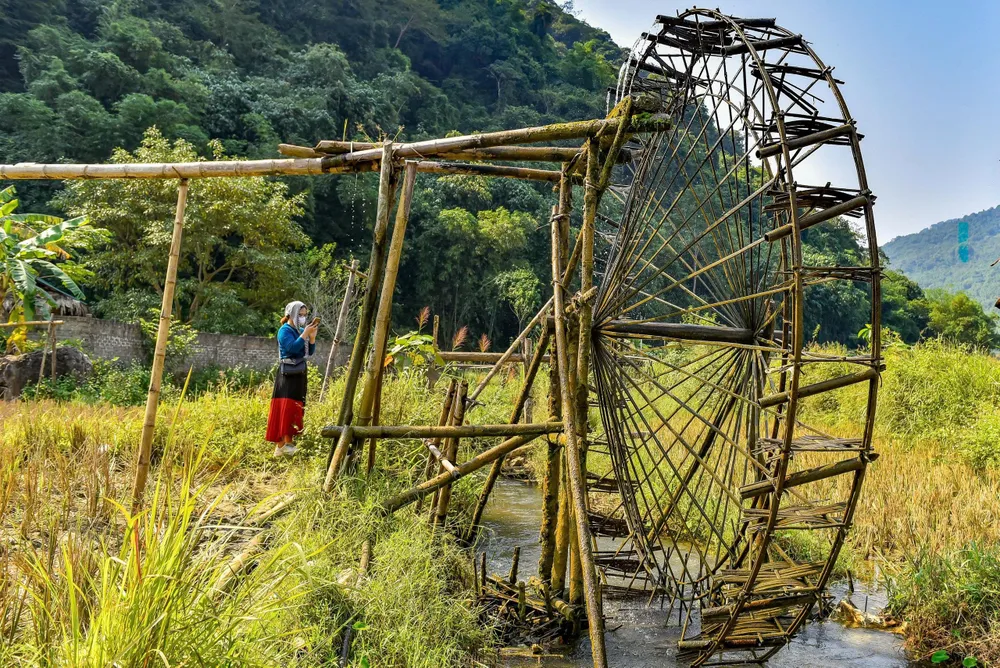
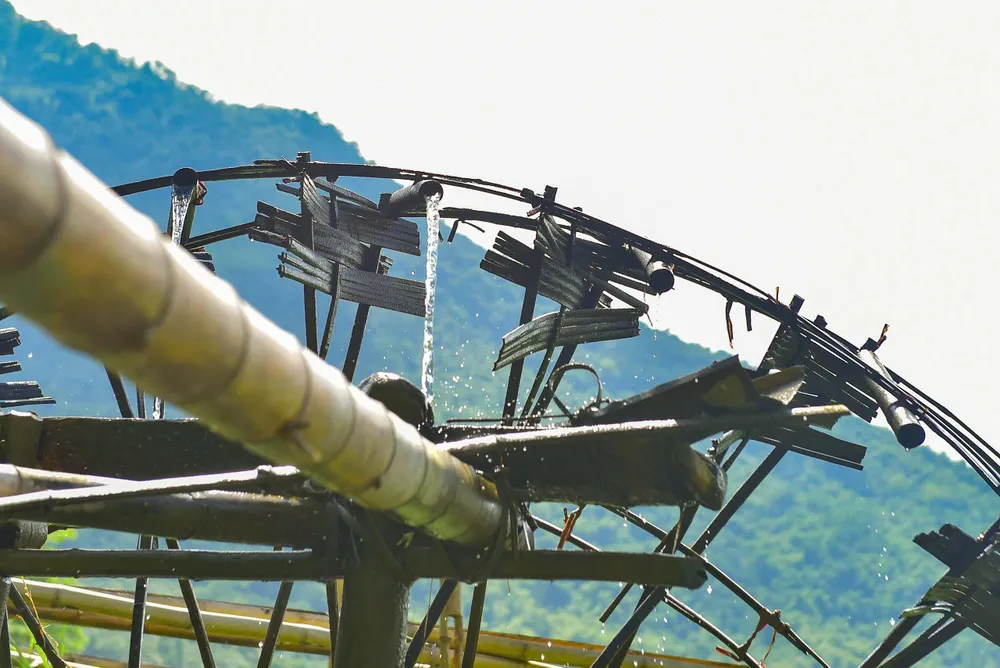
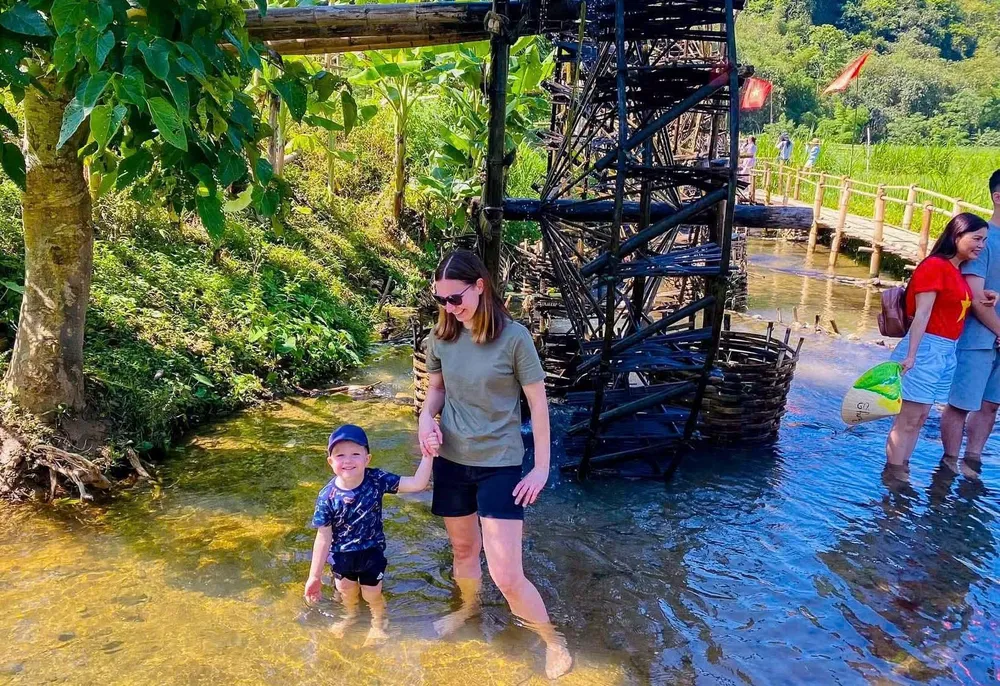
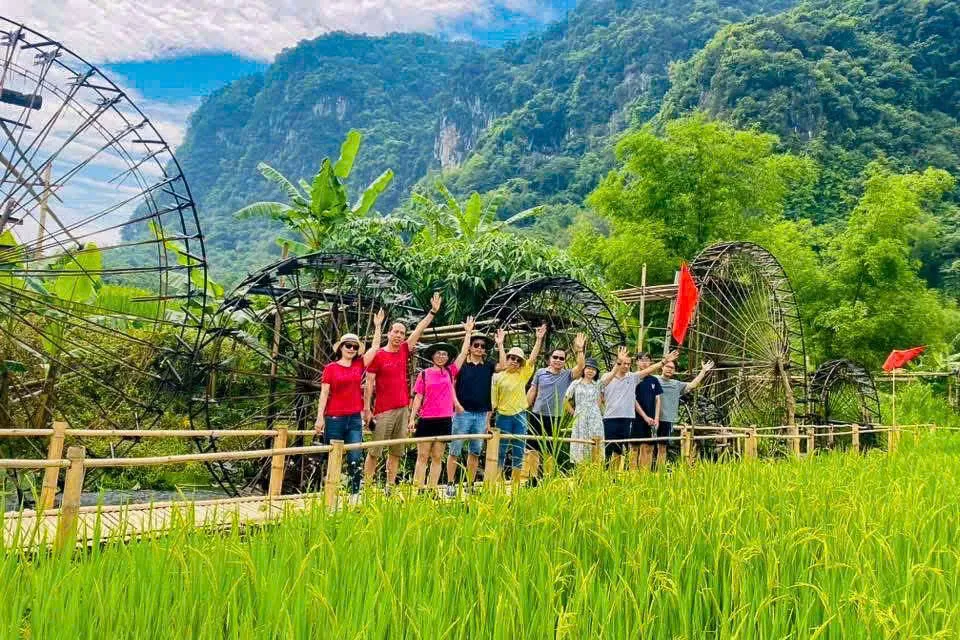
Source: https://www.sggp.org.vn/len-reo-cao-ngam-banh-xe-nuoc-post799658.html



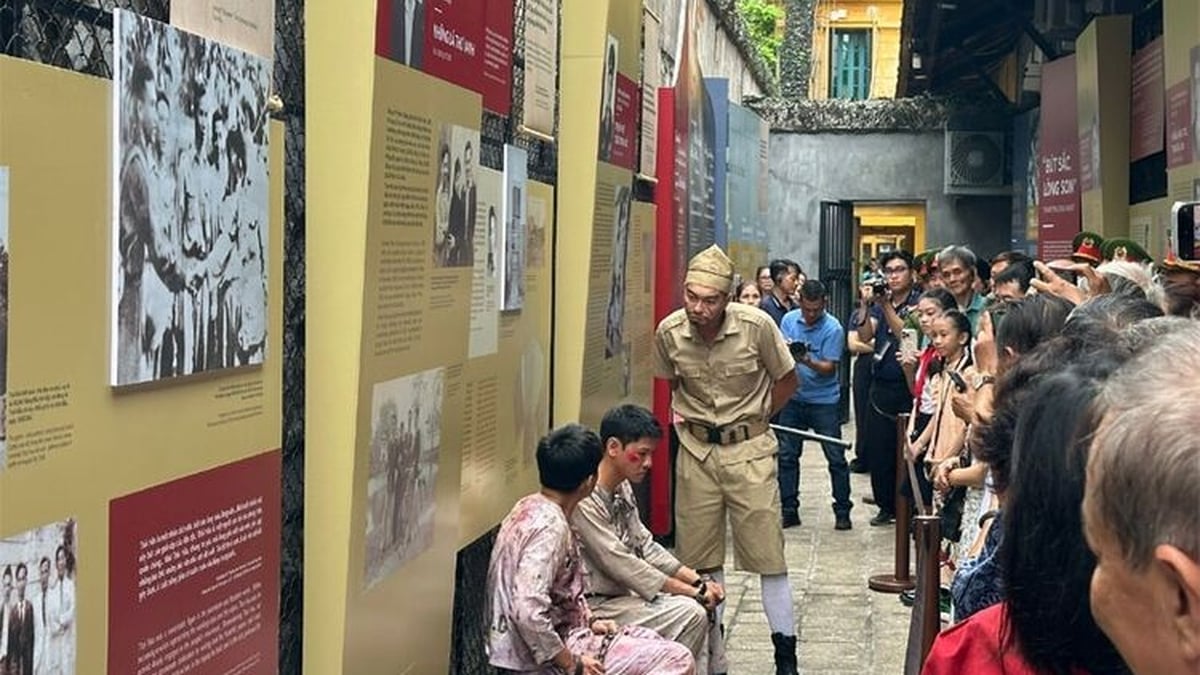

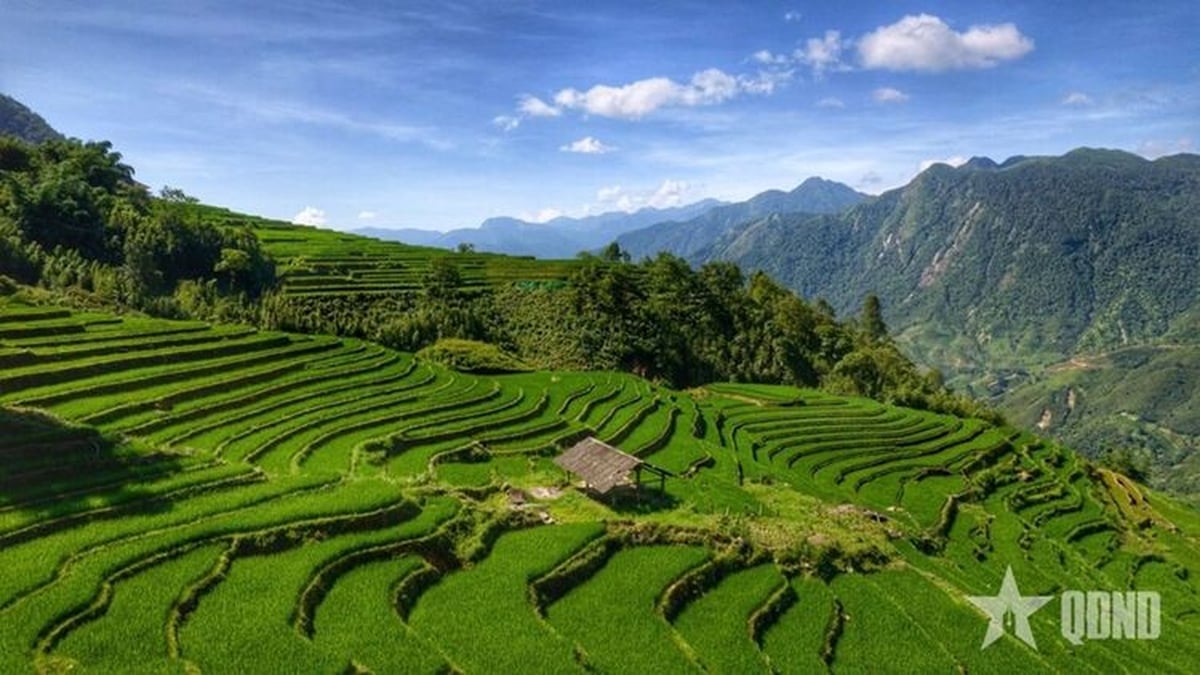
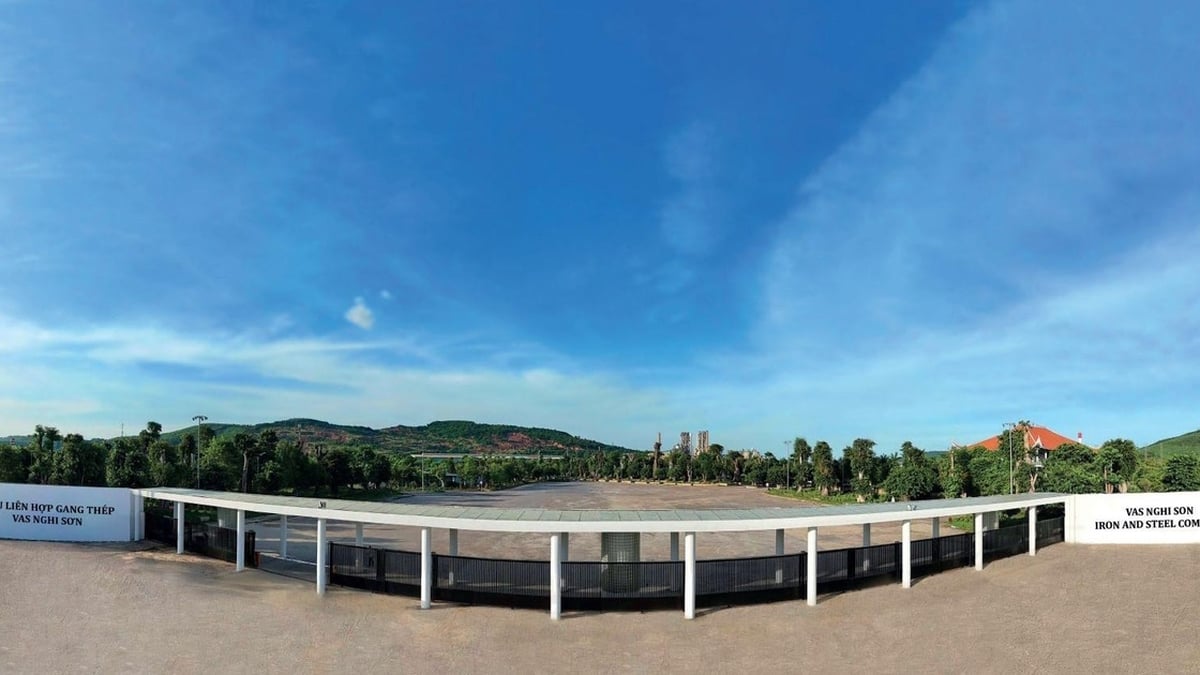



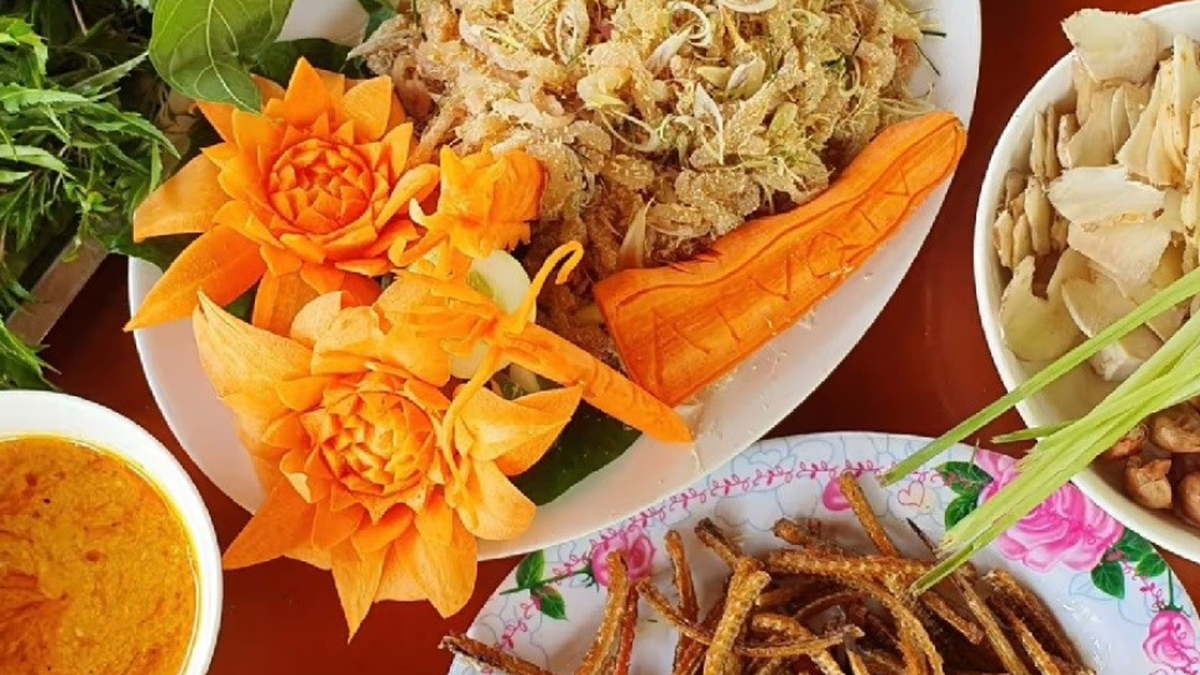




























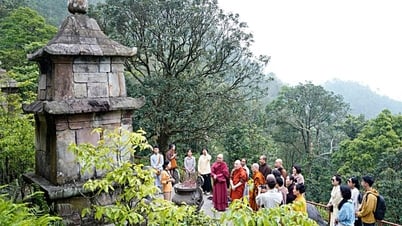







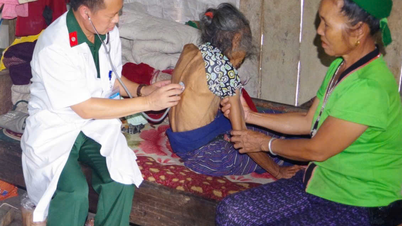















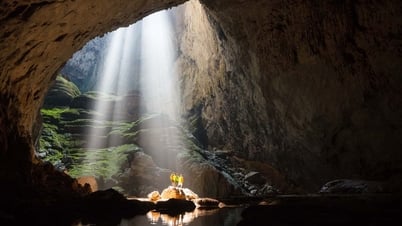









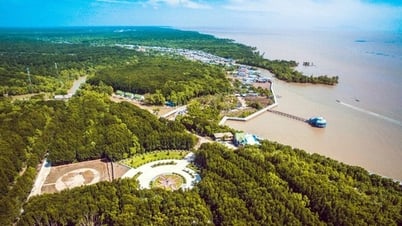


























Comment (0)